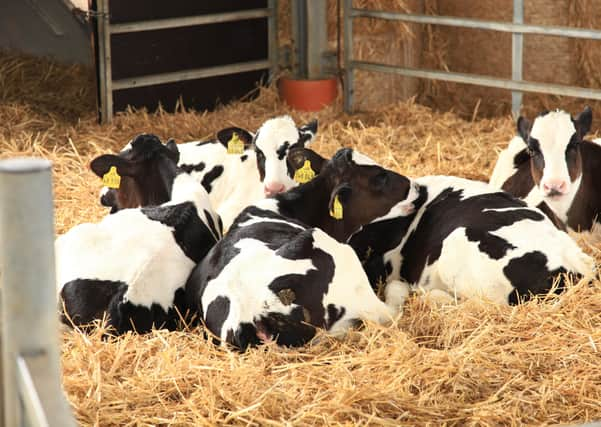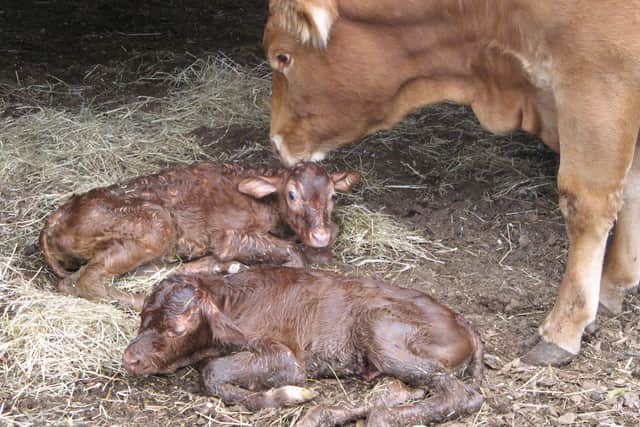How to have hassle free calf weaning


The following article will help make weaning effective, to improve calf development and growth.
The young calf drinks milk which is digested in what we know as the stomach (abomasum) and intestines to supply 100% of the energy and protein required for maintenance and growth.
Advertisement
Advertisement
In contrast, the rumen digests forage and feed but this needs to be sufficiently developed so the calf can efficiently digest feed after weaning.


This development is largely driven by the fermentation of calf starter and there are a few simple management steps to encourage solid feed intake to achieve target intakes at weaning.
1. Check the available starter feed
Starter feed palatability is very important to encourage calves to eat.
It is best to offer small amounts of fresh feed daily which makes sure it is clean and dry, whereas larger amounts can go stale and moldy, particularly if damp.
Advertisement
Advertisement
The type of starter is less important and a pellet or coarse feed with crude protein content of at least 18% is best.
Monitor calf starter feed intake, as calves should ideally consume 2 kg (minimum 1 kg) concentrates per day for at least three consecutive days before weaning.
As intakes ramp up nearer weaning, a good check is that intakes are 0.5kg concentrates per day at five weeks of age.
2. Forage
To encourage starter intake and aid rumen development, chopped forage (either straw or hay) should also be provided from 1 week of age.
Advertisement
Advertisement
This should be clean, fresh and dust-free and ideally chopped three to four cm in length.
To make sure it is always clean to eat, forage should be provided in forage racks and calves should not be eating their bedding.
Barley straw is preferable but be careful not to chop too finely as this can defeat the purpose of adding long fibre to the diet.
3. Water
Water quality is critical for successful weaning and calves require drinking water from day one in addition to milk.
Advertisement
Advertisement
As calves are born with a naive immune system, water quality should be impeccable therefore, should be clean and fresh, and buckets washed out daily.
Keep in mind that for every 1kg of dry calf starter, calves need to drink five litres of water.
4. Weaning duration
Ideally, weaning should start at seven to eight weeks old and should be gradual, with the amount of milk reduced over the three weeks before weaning.
Taking your time to wean calves encourages starter intakes, stimulates rumen development, and improves the calf’s digestion of nutrients after weaning.
Advertisement
Advertisement
In contrast, an abrupt weaning or moving calves immediately after weaning, results in high stress levels which can increase disease risk.
Calf growth is particularly efficient before and after weaning, therefore it is advised to feed them ad lib until five months old.
A calf that is fed more milk and eats a higher level of solid feed will have more energy available for rumen development.
A well-developed digestive system will be ‘primed’ for post-weaning nutrient absorption and will reduce the risk of setbacks at weaning.
These improvements will result in higher growth rates and greater feed efficiency both before and after weaning.